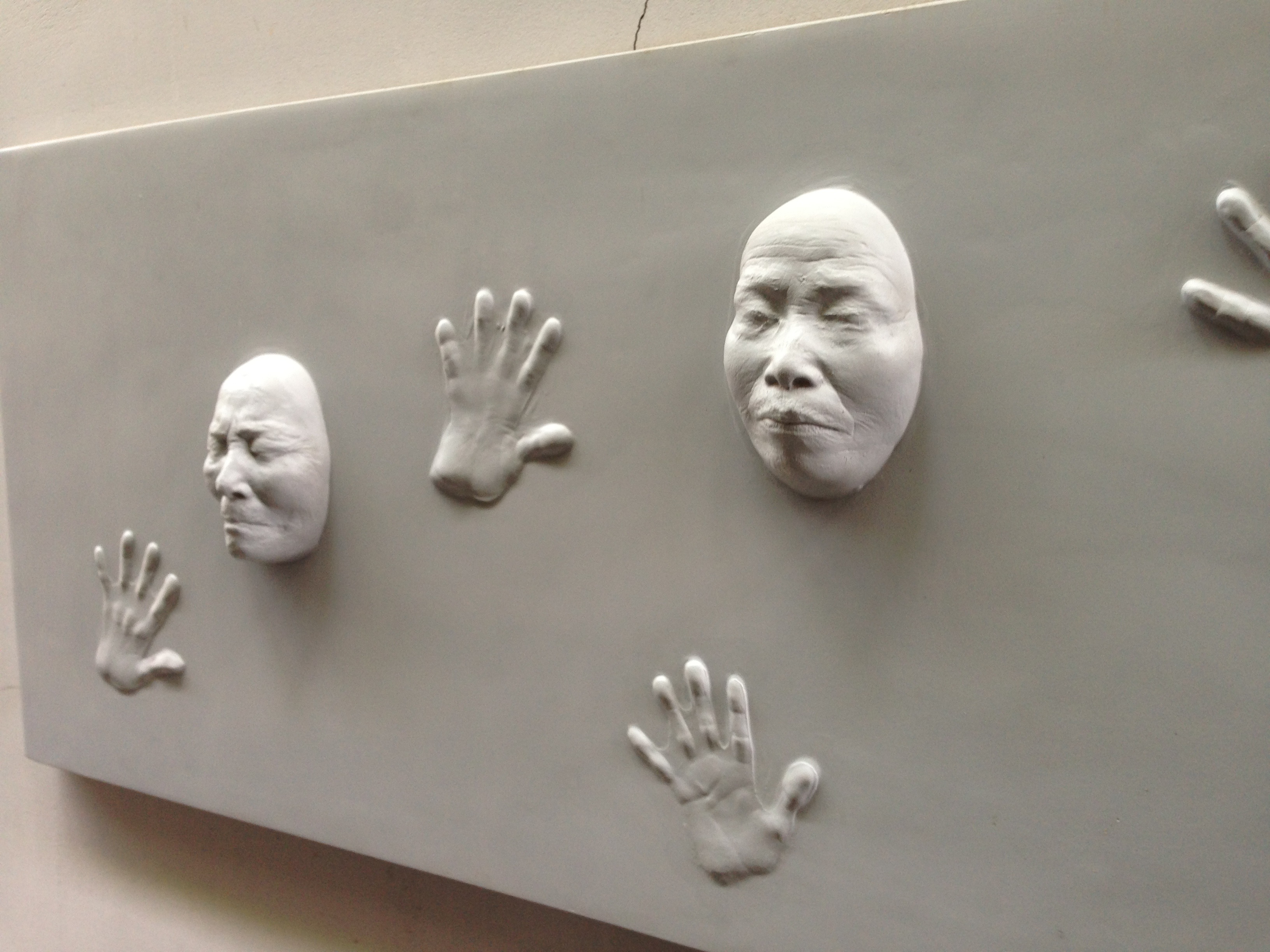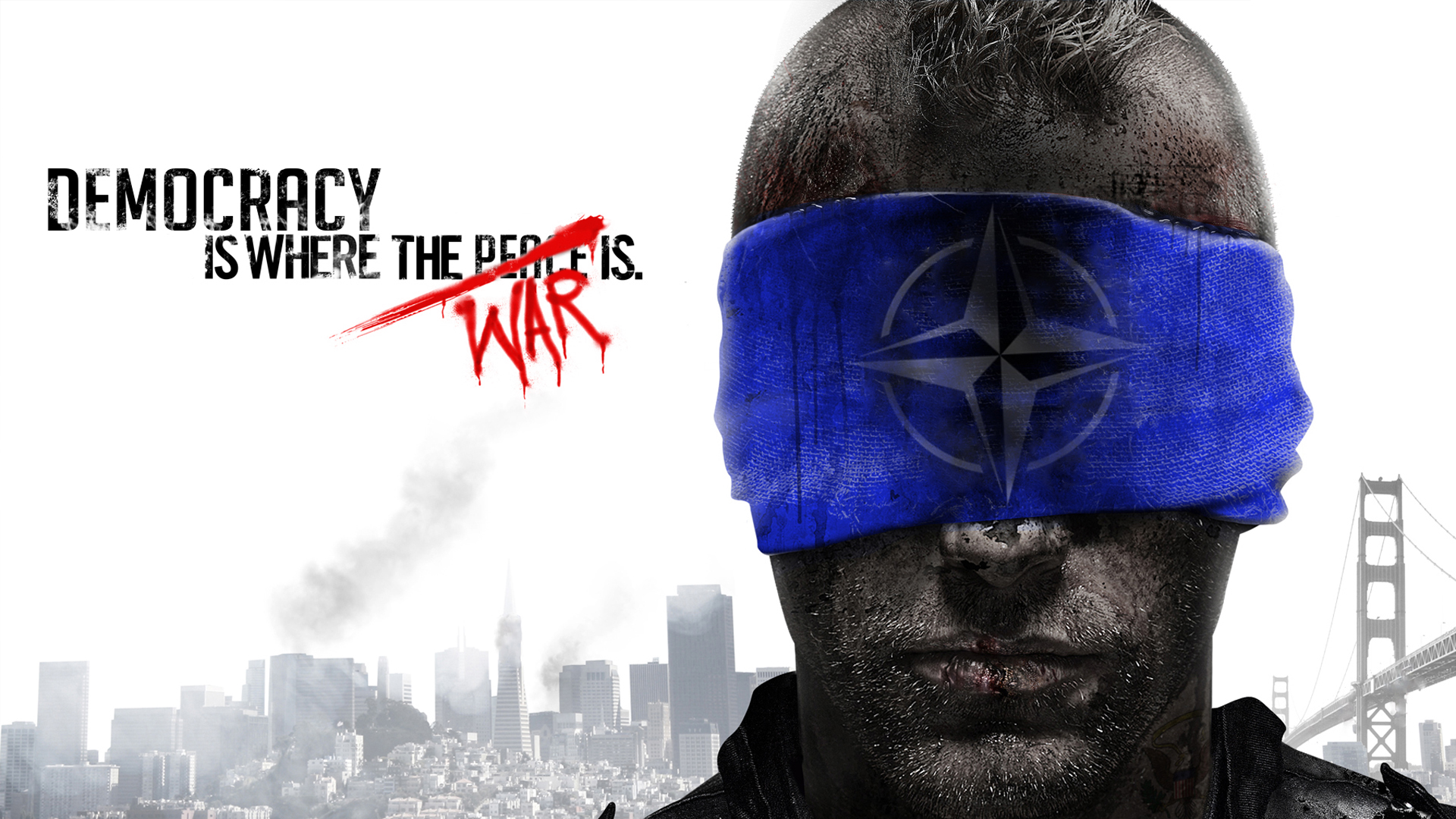Biting the Bullet: ending Death by PowerPoint, part 1
This blog is concerned with using PowerPoint (PPT) better in lecturing. By better, I mean in accordance with the latest scholarly research in the use of Multi Media Learning (MML); in conjunction with emerging practice in the world of business; and in rejection of the terminally embarrassing ‘Death by PowerPoint’. The blog can be read in association with ReView material on the LU servers here – a five part video interview between me and Professor Helen Drake (also in PHIR).
We chose this format because it allows an exploration and ‘flowering’ of the idea and the process I am referring to. It’s not a technical manual; it explores, using the approach I am blogging about, the evolution of the idea and its application in learning and teaching (L&T). I should make it clear that this is NOT my idea. I stand as ever on the shoulders of giants, and have adapted the design philosophy used with great success in the commercial world, to my world.
There are three elements to the ensuing blog: use of images, reduction of slide text, and addition of animation. Combined, this can generate attention, retention, engagement and comprehension.
I started using PPT 15 years ago. It was bland: fancy slide backgrounds that clashed with dense, badly-coloured text. Unfortunately, across academia, and across industry and business too, little has changed. Surveying academics’ PPT lectures online, seeing various colleagues’ lectures in past institutions, and attending conferences here and in the US, I came to know and fear ‘Death by PowerPoint’ (DBP). It’s worth an acronym if only because of its omnipresence; and it’s appearing in lecture halls near you.
UK Universities share at least one aspect of pedagogy in common. Almost every department, every school, every teaching team, uses PowerPoint. The most important medium through which we perform our primary task of imparting knowledge and understanding is – and this isn’t going to make me many friends – almost universally bad. Or perhaps I should say, falls short of what it could be.
The image below is of a commemorative creation that shows how the lack of recognition of and justice for Korean ‘comfort women’ has imprisoned them in their societies and themselves
Some of us lag behind the latest pedagogical research on MML, and are far behind emerging standards in the world of business presentations. Dated slide backgrounds that clash with your retinas; students overwhelmed with suffocating text; a near-universal refusal to engage with SmartArt (a tool in PowerPoint that allows for limited improvements in design and attractiveness). It can’t be long before students start asking why we aren’t doing it like they do it on the Slideshare.net channel. Students are paying for ‘excellence’ in teaching and we are famous in The Student Room for ghastly PPT. We can do better, and easily.
The image above can be used as a critique of ‘independence’ and ‘decolonization’ in Sub-Saharan Africa. It is very helpful when discussing the difference between post-colonial and the post-colony, for instance.
Outside academia, organizations like Article 10 have sprung up to show people how it can be done better. In the best corners of the corporate sector, where imagination and flair run riot, presentations are appearing that knock your socks off. They may mesh Zen simplicity with minimal text, or they may use digital art to convey complex social issues by converting the literal to the figurative. They may be simple and use white space and a few words (the key rule is no more than 5-7 words per slide). But what they all do is draw on Cognate Load Theory.
Richard Mayer, at the University of California, notes that, in accordance with decades of existing knowledge, people learn more quickly and better from words and pictures, than from words alone, because humans are dual processors of text and images.[1] His findings claim that learning happens best when images are combined with words. In addition, Ruth Clark and Chopeta Lyons[2] tell us that graphics (images, for example) can:
- draw attention to important elements in an instructional display [to] minimize divided attention
- minimize extraneous mental work imposed on working memory during learning
- help learners construct new memories in long-term memory that support deeper understanding of content
- promote deeper understanding
- make material interesting and at the same time do not depress learning
I use the above image to discuss the plurality of views within the US regarding intervention in Viet Nam and non-intervention in Syria. I also use it to refer to the lack of social justice for American servicemen and women returning home from Southeast Asia. It could be applied in any case of US foreign policy that generates divided views on the home front.
More than this, images can be used to express, illustrate and convey complex social relationships, and this can be potent when combined with limited text, and an academic’s expertise. In this blog, I will be discussing the use of attractive, high quality and carefully-chosen (and copyright-correct) images to retain attention, in conjunction with minimized, animated text. It’s animated to exploit our predatory eye reflexes, away from Facebook or iPhones and all the other sources of digital distraction with which we compete in lecture theatres for students’ attention. So it isn’t about using small images in the bottom or top corner of a slide as ‘add-ons’ to slides filled with text; it’s the use of digital imagery and art to convey a social concept through vizualisation: images and art that can convert the literal to the figurative and stimulate attention, retention and understanding. And if we’re lucky, they might even enjoy it too.
This last image I use to generate critical thinking about Liberal intervention in Europe (it could also be applied elsewhere with minor digital adjustments). This kind of image is useful in visualizing to help overcome hubris and hegemonic propaganda concerning Western European claims to neutrality in international interventions that kill civilians in large numbers. For many of this generation who know of it, NATO is only ever the ‘good guy’; but a more careful reading of the literature suggests there are two sides to this story, one of which is less than palatable and predominantly overlooked or concealed through an uncritical press.
The next blog looks at how images can be chosen and applied to pedagogical aspirations. Thanks for reading 🙂


